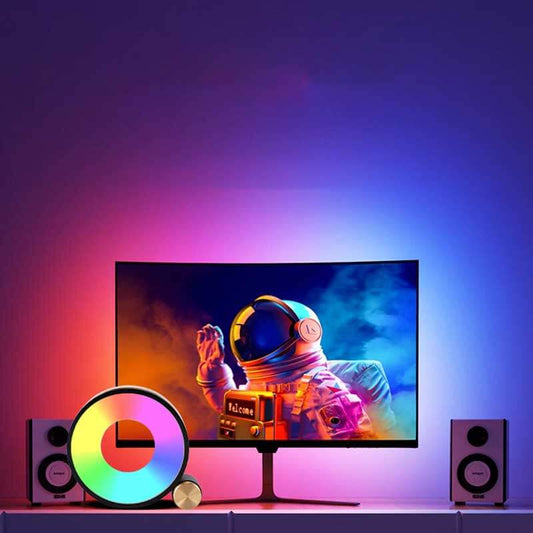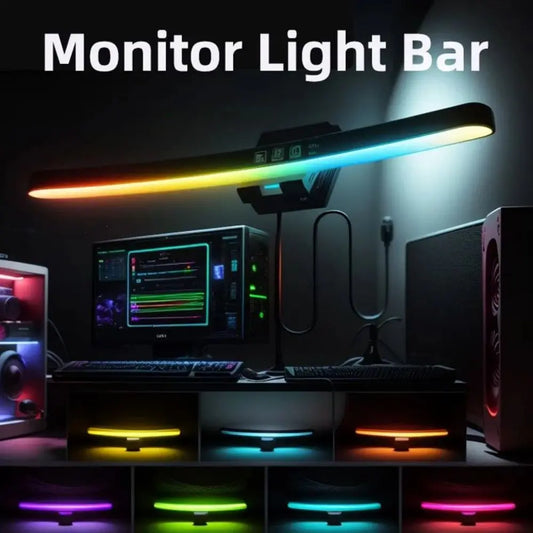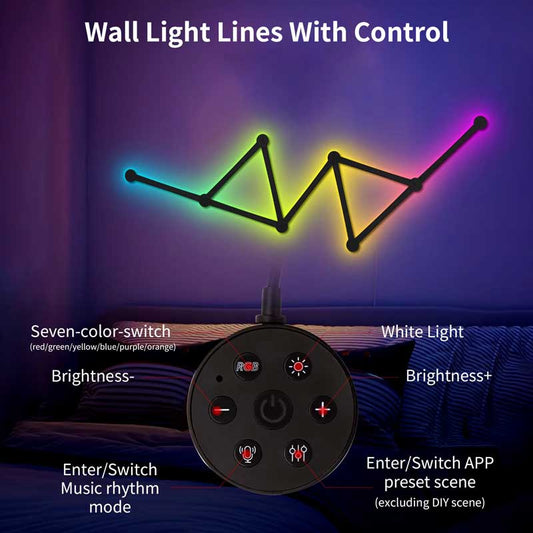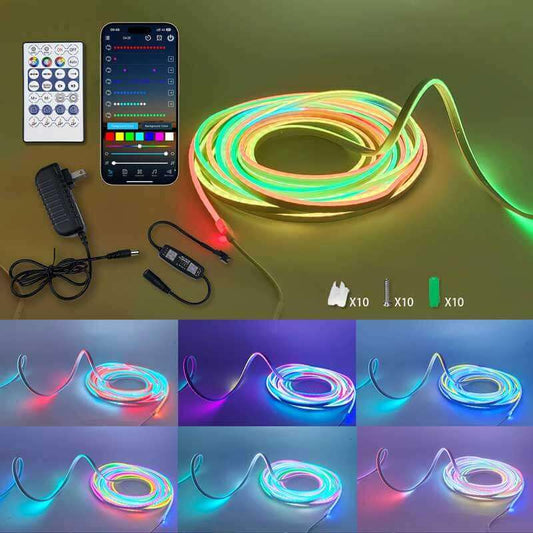Tips for RGB Strip Lights
Share
Here are some organized tips for using RGB LED strip lights:
Choosing the Right Strip Lights
- For a single color without the need for change, opt for a solid color strip to simplify setup and avoid requiring a controller.
- Consider RGBW strips for enhanced white light output, featuring a dedicated white LED.
Cutting and Connecting Strips
- Avoid sharp bends or twists, especially around corners, as these can damage the wiring.
- Cut the strips only at designated points marked with scissors icons or dashed lines with solder pads.
- Use solderless connectors to join strips at angles or extend them without cutting.
- Avoid placing strips on the floor to prevent damage or dirt accumulation; hide them under cabinet lips or other surfaces.
Installation Tips
- Clean the surface thoroughly before applying adhesive strips.
- Take care not to remove the adhesive backing when peeling off the protective cover.
- Select a suitable power supply that delivers the correct voltage and current for your strip length.
- If using the strips outdoors, keep power supplies and controllers in a dry, protected area.
Lighting Effects
- Solid colors, like red or warm white, can reduce eye strain, especially at night.
- Green light has been found to alleviate migraines.
- Avoid direct viewing of the LED strip; instead, bounce the light off surfaces for a more even glow.
By planning ahead and selecting the right products, RGB LED strips can offer versatile and practical lighting for various applications. Ensure careful installation and consider the desired lighting effects for optimal results.




